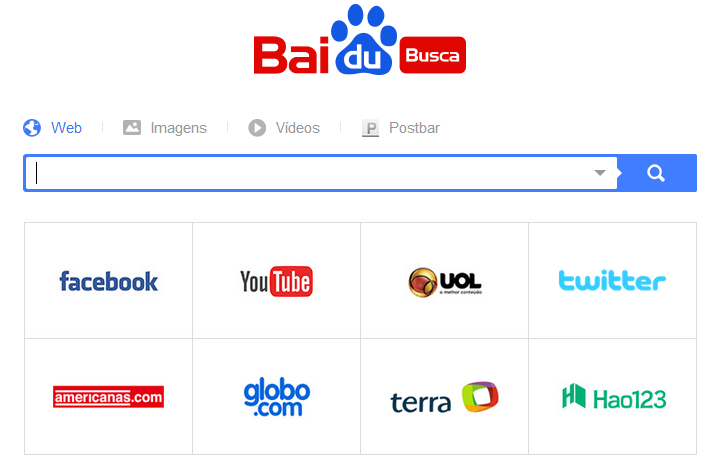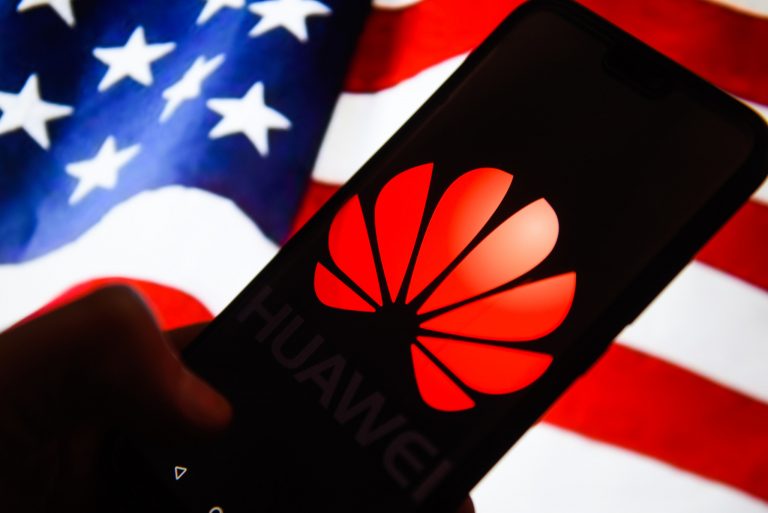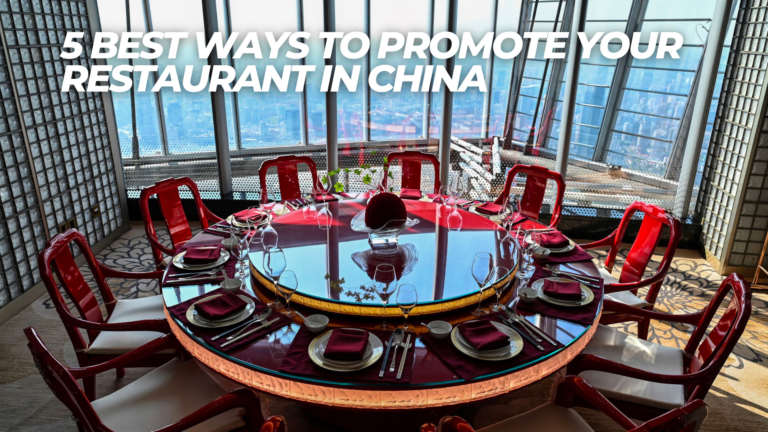The Fitness Industry is Booming in China

The fitness industry is booming in China as people become more health conscious and aware of the importance of a healthy lifestyle spreads. Gyms, classes, and equipment are in high demand, with entrepreneurs rushing to open new businesses and capitalize on this growing trend. While there are some challenges facing the industry, such as a lack of certified trainers, the potential for growth is huge. So what’s driving this fitness revolution in China? Read on to find out.
The Growth of fitness gyms and Sports events
For the new Chinese middle class, being or trying to be sporty is now the typical healthy and aspirational lifestyle. Indeed, no matter, if it is a 2km jog for morning exercise, a 5km Color Run with the running community, or training with the purpose to run a marathon, running, has become a hot trend in China. Young Chinese, with a higher disposable income, wish to be healthier and it is boosting the growth of fitness gyms and sports events. According to the 2016-2017 China Fitness Industry White Paper and the Chinese Athletic Association (CAA), over 37,000 fitness clubs set up in China. Moreover, in 2016, almost 3 million people participate in 328 marathons in China, the number being 14 times the level of 5 years ago.
Cost-Effective Agency
KPI and Results focused. We are the most visible Marketing Agency for China. Not because of huge spending but because of our SMART Strategies. Let us help you with: E-Commerce, Search Engine Optimization, Advertising, Weibo, WeChat, WeChat Store & PR.

For this young generation, another motivation for working out is a kind of fashion and beauty in their lives. Sportswear brands are taking advantage of this trend. Indeed, they are adapting their products according to China’s fashion taste. Indeed, they are not just sportswear brands, they are fashion brands. For example, in 2016, the sales of Adidas in China rose 28 percent and Nike has 22.1 percent of the market share.
Another successful example is Under Armour which has been promoting training and basketball gear in China through a brand ambassador, the basketball star Steph Curry. The company has positioned itself as an upper and sheer sportswear brand, and even if the brand has not gained a big portion of the sportswear market, it is still many sports professionals and personal trainers’ first choice.

According to the Australian research company IBISWorld, from 2012 to 2017 the annualized growth rate of the fitness and gym industry was 12 percent and the industry generated $6.31 billion last year. In China, you can find different kinds of fitness clubs. First, high-end luxurious clubs, such as Will’s Fitness and WIDE-TERA Wellness with an annual membership range between RMB 6,000 and 10,000. Then, mid-level chain gyms like Hosa Fitness and Anytime Fitness cost RMB 2,000 and above. Finally, there are online-to-offline companies like LEOAO and SunPig offering monthly subscriptions at RMB 99.
At the 2017 Chinese Sports Industry Carnival, the Will’s Fitness clubs’ founder Will Wang said: “Making money from the poor is very hard, you need to target the rich. In the future, over 80% of the market will fall into the high end.” Indeed, these fitness clubs target “gold collar” workers who have limited time and so require efficiency and convenience. The location is very important for gym clubs. If the club is very close to home or very close to work it is more convenient, but if the club is far away, customers are not going to use it.

Platforms, such as O2O Gym, have been created to connect customers to local gyms through mobile apps on which users can check courses, reserve personal trainers, and pay for their monthly subscriptions. Another trend in China is fitness apps and it has a much bigger user base compared to physical gym clubs, ranging from young students to elderly people.
The top fitness app in the country is Keep which accumulated 100 million users last year. Moreover, the app Keep has now added an e-commerce function to sell sports gear. These fitness apps are a good supplement to physical gyms and they allow people who can not go to physical gyms regularly and who do not have much time to practice a sport.
How to market your sportswear brand in China?

Increase your visibility with SEO on Baidu
SEO on Baidu is the key to the visibility of your business in China. Baidu is the most used search engine in China, it ranks 5th among the most visited sites in the world and currently has more than 800 million web pages. Baidu now offers a wide range of services, such as web searches, image searches, music, forums, or a Q&A service.
SEO on Baidu requires several steps, which may be different from what needs to be done on Google. The notions of trust and notoriety remain essential for schools wishing to enter the Chinese market and be visible on Baidu. Key SEO strategies include keyword optimization, backlinks, and content sharing, this is the way to generate quality traffic.
Compared with SEA, SEO takes more time, but it is a long-term solution in terms of developing a better e-reputation and is ultimately more stable. The quality search result won’t disappear after you stop the campaign, on the contrary, you will remain higher in the rankings and continue to drive traffic.
A Chinese website
A website in Chinese is necessary to enter a market and realize branding. This is an efficient solution to increase the popularity of your products, influence consumers with content and design, and develop the image of your company in the country. Moreover, having a website written in mandarin is essential. Chinese consumers spend more than 40% of their daily life on the Internet and these internet users trust more Chinese websites than English websites.
Social networks

China is the world’s largest connected country: more than 90% of Chinese people have an account on at least one Chinese social network.
WeChat is the social media the most used in China and, regardless of the size of your company, it is an essential medium to develop your marketing strategy in the country. By promoting your products on social media, you can build a community surrounding your company, reach your target, get feedback and create a friendlier company image.
Sina Weibo, China’s largest SNS so far, has got a nearly 88% penetration rate among the nation’s excess 358 million users. It has also attracted over 130,000 companies including one-third top 500 enterprises in the world. They don’t just join Weibo on impulse, but for the benefit, of Weibo can bring them. Some come to Weibo for brand awareness, some for brand image, and others for closer relationships with customers.
E-commerce platforms

The development of new technologies and the increased use of smartphones and tablets allowed an explosive growth of eCommerce in China. One of the best Chinese e-commerce platforms is Tmall which is part of the Alibaba group led by Jack Ma. This is definitely the largest B2C platform in China, it offers a wide selection of affordable products and decent logistics and attracts value-conscious shoppers.
Contrary to its competitor Taobao, the company has made arrangements to ensure that products sold on Tmall are authentic. Known as the “Amazon of China”, JD.com is also one of the main B2C e-commerce platforms and is Tmall’s biggest rival. Consequently, using e-commerce platforms to develop your business is a must to efficiently enter the Chinese market.

The fitness business has a huge potential in China. If you want to develop your sportswear brand in China, do not hesitate to contact us. Our digital marketing agency is specialized in the Chinese market!






Hello
I work for keep and we are searching now to resell via our app fitness brands and sport brands to our users.
Contact us for more information